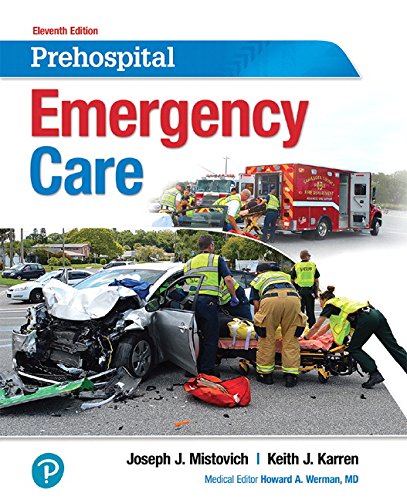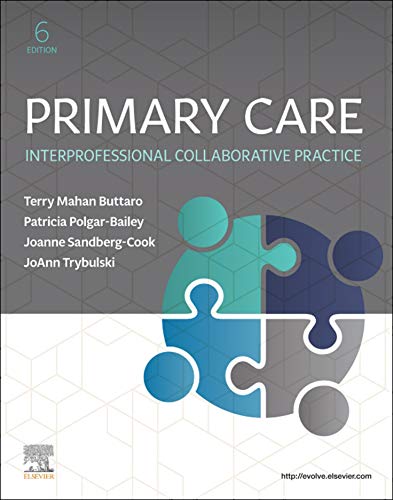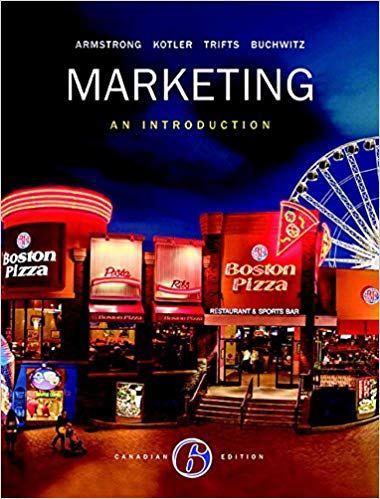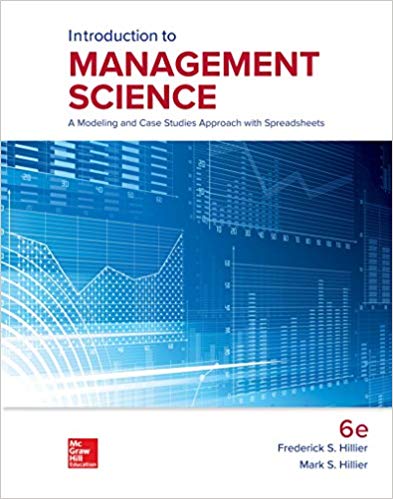Test bank for prehospital emergency care 11th edition
Chapter 1 Emergency Care Systems, Research, and Public Health
1) What is the primary purpose of the modern-day EMS system?
A) Provide a means of transport to and from the hospital
B) Ensure that all members of society have equal access to hospitals
C) Decrease the incidence of death and disability related to injury and illness
D) Provide emergency health care services to medically underserved areas
Answer: C
Diff: 2 Page Ref: 7
Objective: 1-2
2) Most authorities agree that the modern-day EMS system evolved after the release of which
document?
A) The Emergency Medical Services Act of 1973
B) The white paper “Accidental Death and Disability: The Neglected Disease of Modern
Society” in 1966
C) The American Heart Association’s Guidelines for Cardiac Resuscitation
D) Emergency Medical Services: Agenda for the Future, in 1996
Answer: B
Diff: 1 Page Ref: 3
Objective: 1-2
3) An Emergency Medical Responder comes to you and states that he would like to work for
your emergency ambulance service on a full-time basis. Knowing the National EMS Scope of
Practice Model, you inform him of which element?
A) He will be able to take care of only patients with non-life-threatening complaints
B) He will first need approval from your ambulance service’s medical director
C) He will be able to work only with an Advanced EMT or paramedic
D) He will first have to become an Emergency Medical Technician
Answer: D
Diff: 1 Page Ref: 6-7
Objective: 1-1
4) As defined by the National EMS Scope of Practice Model, the four levels of EMS
practitioners include:
A) Ambulance drivers
B) EMS medical director
C) Paramedics
D) Emergency medical dispatchers
Answer: C
Diff: 1 Page Ref: 6-7
Objective: 1-32
Copyright © 2018 Pearson Education, Inc.
5) An Emergency Medical Responder (EMR) approaches you and states that he is interested in
becoming an EMT. Specifically, he asks what he will be able to do as an EMT that he cannot
presently do as an EMR. You respond by saying he will be able to:
A) Administer some medications
B) Assist in emergency childbirth
C) Use an automated external defibrillator
D) Obtain vital signs
Answer: A
Diff: 1 Page Ref: 6-7
Objective: 1-5
6) You have been dispatched for a 61-year-old female in cardiac arrest. Emergency Medical
Responders (EMRs) are on scene. In your community, all EMS practitioners are trained
according to the National EMS Scope of Practice Model. Given this, which type of care do you
expect the EMRs to be providing?
A) Emergency medication administration
B) Automated external defibrillation
C) Intravenous therapy
D) Reading an electrocardiogram
Answer: B
Diff: 2 Page Ref: 6
Objective: 1-5
7) An EMT with your service states that she desires to become a paramedic because she wants to
provide advanced care. Under the National EMS Scope of Practice Model, which one of these
types of care will she be able to provide as a paramedic that she cannot provide as an EMT?
A) Automated blood pressure monitoring
B) Assistance with emergency childbirth
C) Interfacility transports
D) IV therapy
Answer: D
Diff: 1 Page Ref: 7
Objective: 1-5
8) Which statement made by an EMT requires immediate intervention by a superior or the
service supervisor?
A) “I always wear my seat belt whenever I am in the patient compartment of the ambulance,
unless I have to remove it to care for a patient.”
B) “I drive as fast as I can to get to the scene of an emergency, especially if a child is sick or
injured according to dispatch information.”
C) “When I am driving with lights and sirens, I instruct my partner that he will need to handle all
radio communications.”
D) “I put exam gloves on for every patient I contact, even if he or she does not have a known or
suspected infectious disease.”
Answer: B
Diff: 1 Page Ref: 9
Objective: 1-73
Copyright © 2018 Pearson Education, Inc.
9) Which statement shows that the EMT has a good understanding of her role and
responsibilities related to being an EMT?
A) “The patient’s needs come before anyone else’s needs.”
B) “At the scene of an emergency, my responsibility is to get to the patient no matter what.”
C) “My safety comes first, and then the patient’s safety.”
D) “As an EMT, I recognize that the public’s safety comes before the safety of me or my
partner.”
Answer: C
Diff: 2 Page Ref: 8-9
Objective: 1-7
10) An ambulance with two EMTs arrives in front of a house for an unknown medical
emergency. On scene, bystanders report that a female patient was beaten by her husband in the
driveway and then dragged back into the house. They state that the patient appeared unconscious
and was bleeding from the head. Which action would the EMTs perform next?
A) Do not enter the scene until it has been controlled by law enforcement
B) Quietly enter the home and quickly move the patient to the ambulance
C) Remove the husband from the house, then provide emergency care to the wife
D) Enter the home to protect the patient while waiting for the police to arrive
Answer: A
Diff: 2 Page Ref: 9
Objective: 1-7
11) Why is EMS in a unique position to contribute significantly to mobile integrated health care?
A) EMS providers are familiar with and capable of functioning in the out-of-hospital
environment
B) Ambulances are easily identified
C) The community trusts uniformed health care providers
D) EMS providers are familiar with the many routes of medication administration
Answer: A
Diff: 1 Page Ref: 17
Objective: 1-15













